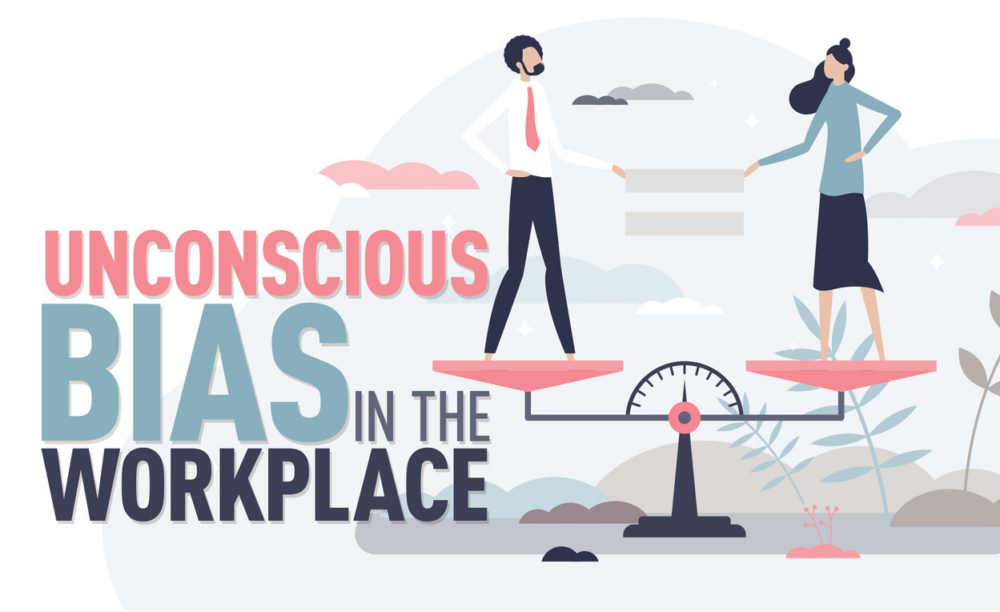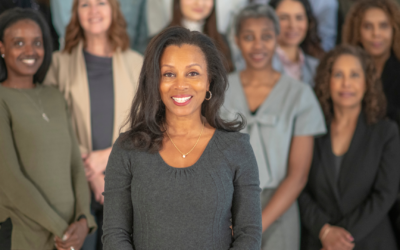
Summer 2022
Over the past two decades, Canadian companies and government agencies have made important strides in addressing unconscious bias in the workplace. But experts agree that much work still needs to be done to make workplaces safer and more inclusive for everyone.
Unconscious bias impacts decision-making at all levels of an organization and shows up in ways that employers don’t often realize. Height, weight, age, education, gender, people with disabilities, and visible minorities can all impact a company’s hiring practices and workplace culture. “Over the last 20 years, there has been a greater understanding among companies about unconscious bias in the workplace,” says Natalie Varey, HR Advisor at DealerPILOT, a Canadian company that provides HR and safety solutions for the vehicle sales and service industry. Varey continues to explain, “It’s a work in progress for many companies, and I’m pleased that it’s going in the right direction.
“Unconscious bias doesn’t just affect hiring practices, it also involves how an employee is treated while at work, with issues such as gender pay gap, bullying, affinity and/ or beauty bias, access to resources, and opportunities for advancement. Three key factors have contributed to offering equal opportunities and inclusivity within workplaces: government legislation, better education and training, and changing public attitudes towards equality in the workplace. “Today, due to government legislation and changing public attitude, there is greater awareness of unconscious bias in workplaces than ever before, particularly in the retail auto sector,” says Varey. “For instance, in the past two decades, we have seen more women working at dealerships, in areas of sales, service, parts, and at the executive levels.” Dealers have made efforts to alter their hiring practices and foster work environments that are welcoming and supportive of women and traditionally underrepresented people.
Today, women serve as dealer principals, general managers, sales managers, salespeople, controllers, human resource managers, service and/or part advisors, and digital marketing experts. Additionally, they sit on boards for automotive associations and occupy leadership positions with some of the largest automotive companies in the world – signalling a shift in the gender power gap as we know it. Having a more diverse workforce – where women, visible minorities, and people with diverse backgrounds and disabilities are more equally represented – makes for a more inclusive and productive workplace for all.
A fairer workplace can also be good for business, as Varey notes, “When clients see themselves represented on the showroom floor, in the business office or the service department, customer loyalty increases. This is a huge advantage for dealerships.” “Many dealerships recognize the need to be proactive in dealing with unconscious bias in the workplace, from human rights and a business perspective,” says Varey. “Dealerships that take action to better understand this issue and take the initiative to create more diverse and supportive workforces are the dealerships that will be more desirable to work at, and, in turn, earn greater customer loyalty.”
Rising to meet the need for equality in the workplace, DealerPILOT works with dealerships in an advisory capacity to educate and inform on hiring best practices to meet current legislation and introduce internal processes. As a result, all employees can work – and are given equal opportunities to succeed – in an environment that is diverse, collaborative, inclusive, and respectful.
To learn more, many resources are available to help employees, executives, managers, and supervisors better understand unconscious bias in the workplace, including the Government of Canada’s online courses, Overcoming Unconscious Bias In The Workplace and Overcoming Your Own Unconscious Bias, which provide companies and individuals with specific tactics to combat unconscious biases.
Other Related News
Personal branding propels success for Holly Leveque
In the fiercely competitive world of retail auto sales, standing out amidst a sea of salespeople is no easy feat. But for Holly Leveque, the newly appointed Sales Manager at Southbank Dodge and the first female to hold such a position at the store since its...
Leadership is pivotal in the career advancement of women
Although no concrete stats are available, most auto industry observers would agree that more women have found career success in the retail auto sector in the last 20 years than ever before. Although this is an encouraging development, those same observers would also...
Creating an effective multigenerational workforce
Experts define generations as follows:In many large workforces today, it’s possible that five generations are working in the same environment. Twenty-somethings are rubbing shoulders with people in their seventies and older, which is sociologically interesting, but...



